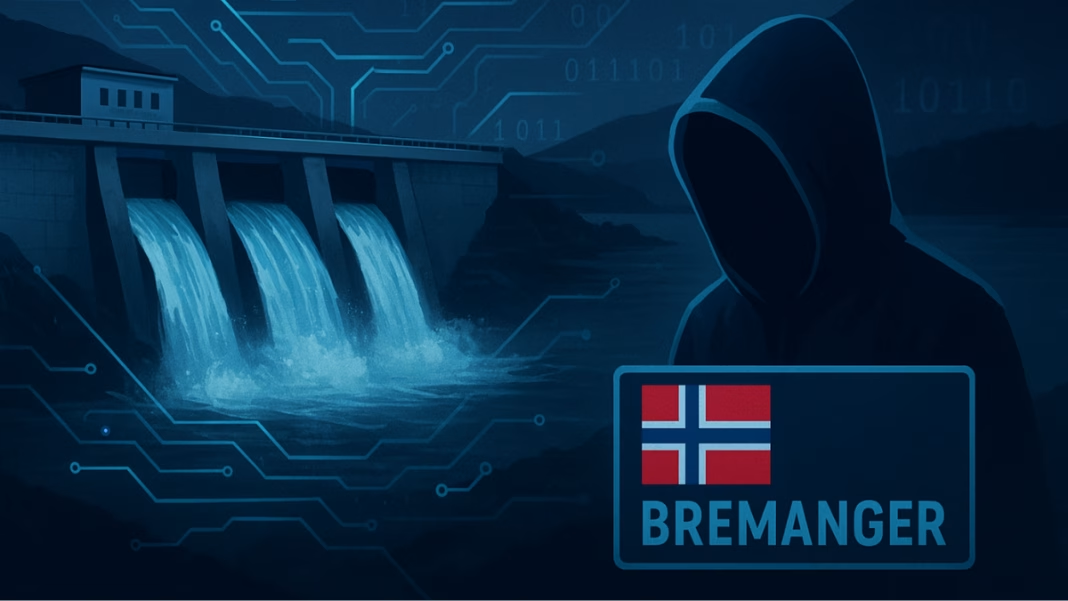Cyberattack triggers massive water release
Norway had linked a cyberattack on one of its dams to hackers with ties to Russia, marked a major warning for Europe’s critical infrastructure. The incident took place in the coastal municipality of Bremanger, where attackers remotely accessed the dam’s digital systems earlier this year.
According to officials, the hackers managed to open a valve that controls water used for fish farming. This caused a torrent of water to rush out at a rate of 132 gallons every single second. The flood continued for four hours before authorities detected and stopped it.
Hackers released nearly two million gallons of water. The flood did not hurt anyone. It also did not damage property. Authorities said the attackers planned the act to cause fear and disruption, not destruction.
Earlier, we reported on the first signs of unusual activity at the dam, when investigators were still confirming if it was an accident or sabotage. That initial report set the stage for what has now been confirmed as a deliberate cyberattack.
Hackers sabotaged Norway’s water system in the first confirmed cyber case. Investigators said skilled attackers planned the act carefully. They wanted to show they could strike important systems.
Russian Hackers Breach Norwegian Dam in Shocking Cyberattack
Evidence posted online
The hackers left behind more than just a digital footprint. Shortly after the attack, a three-minute video appeared on social media platform Telegram. The clip carried markings linked to a known pro-Russian cyber group. Officials later confirmed that the footage was authentic and had been recorded during the dam breach.
This video evidence sets the attack apart from other online claims, which often circulate without proof. Investigators confirmed that the release of water was not an accident or a technical error, but a deliberate act of sabotage.
Cyberattack Catastrophe: How Hackers Can Endanger Human Lives ?
The case highlights how hackers are increasingly blending cyber activity with psychological tactics. By leaking proof of their actions online, they not only strike systems but also aim to unsettle communities and test how governments react.
Officials said the group behind the attack is not working alone. It includes several linked actors. In the past, they have targeted Western businesses and public services. Their attacks often steal data, disrupt services, or send threats. Finding the exact people behind the breach is hard, as hackers hide behind many layers of cover.
Rising fears of sabotage across Europe
Observers say the Bremanger dam sabotage is part of a wider campaign of hybrid attacks linked to Russia since its 2022 invasion of Ukraine. These attacks go beyond cyberspace. Reports across Europe mention vandalism, arson, and even attempts at assassination.
Experts warn that these campaigns aim to spread fear. They also try to pressure countries that support Ukraine. Hackers strike symbolic or vital infrastructure to send a message. They want people to feel that daily life and security can be disrupted at any time.
Norway, which relies heavily on hydropower for its electricity, is particularly exposed to such threats. It also plays a key role in supplying natural gas to Europe, making its infrastructure an attractive target for hostile groups. Authorities have regularly warned about this danger, noting that foreign actors often use cyber proxies to test vulnerabilities.
The sabotage shows how fragile digital systems are when skilled hackers attack. No lives were lost and no lasting damage was done. But the act carried strong meaning. Releasing millions of gallons of water in a secure country like Norway sent a powerful message.
Officials have urged citizens to stay alert and understand that cyberattacks are no longer limited to stealing passwords or shutting down websites. Today, they can reach into physical systems that control water, power, and transportation.
The Bremanger attack showed that cyber warfare is not only about computers. It can quickly change the real world. In minutes, hackers turned a dam’s valves into a weapon. The line between the digital world and physical safety is now very thin.





